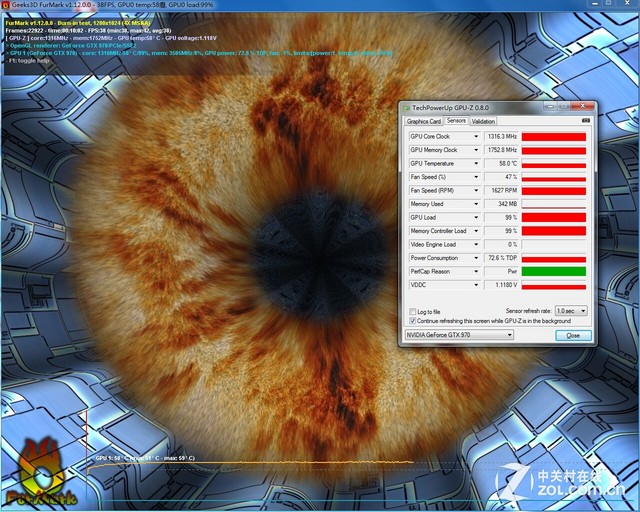一般现在时的用法和含义(一般现在时的全部用法)
很多小伙伴比较关心一般现在时的用法和含义(一般现在时的全部用法),本文带大家一起看看一般现在时的用法和含义(一般现在时的全部用法)。
网友提问:一般现在时的用法精讲(干货)
优质回答:一般现在时
一、概念
表示经常发生的动作或经常存在的状态。常和 always, often, usually,sometimes, every day 等表时间的状语连用。
经常发生的动作常为主谓宾结构 The shop assistant usually works hard.
经常存在的状态常为主系表结构 Those sales reps are hardworking.
二、单三形式
在主谓宾结构中,主语为单数第三人称/单数/不可数概念时,动词需要变为单数第三人称形式。
直接在动词词尾加-s stay---stays get---gets以字母 s, x, ch, sh或 o结尾的动词,在词尾直接加-es.watch---watches wish---wishes fix---fixes do---does以辅音字母加 y结尾的动词,变 y为 i,再加-estry---tries study---studiescry---cries fly---flies三、一般现在时结构
1、主系表(名词、形容词、介词短语)
be动词的一般现在时有三种形式,即:am, is, are。
肯定句
I am a middle school student. 表身份(表语为名词)
I am really tired. 表状态(表语为形容词)
I am from Korea. 表处所 (表语为介词短语)
否定句:系动词后加 not
一般疑问句:系动词置于主语前,句号变问号。
缩写: we are = we're they are = they're
you are = you're aren't = are not
he is = he's my mother is = my mother's
isn't = is not that's = that is
注意:This is不可缩写。am not不缩写。
2、主谓宾
肯定句式: 主语+动词原形/动词的第三人称单数+其他
I want to see you.
Bill often goes to school at 7:00 in the morning .
否定句式: 主语+(助动词)don't/doesn't +动词原形+其他
I don't want to see you.
Bill doesn't often go to school at 7:00 in the morning.
一般疑问句式: Do/Does+主语+动词原形+其他?
简略回答: (肯)Yes, 主语+do/does (否)No, 主语+ don't/ doesn't
缩写形式: don't = do not doesn't = does not
Do you want to see me? Yes, I do. /No, I don't
--Does Bill often go to school at 7:00 in the morning?
--Yes, he does. /No, he doesn't.
四、一般现在时的用法
1、经常性或习惯性的动作,常与表示频度的时间状语连用。
表示频率的副词:always, often, usually, sometimes…
时间状语:on Sundays, every day, every morning, every year…
表示频率的词组:once a year, three times a week…
I leave home for school at 7 every morning.
2、表示客观真理,客观存在,科学事实。
The earth goes around the sun. 地球绕着太阳转。
3、表示格言或警句中。
Practice makes perfect. 熟能生巧。
4、现在时刻的状态、能力、性格、个性。
Miss Wang writes good English but does not speak well.
5、在某些以 here, there开头的句子中,一般现在时表示正在发生的动作。
Here comes a bus .公交车来了
6、在时间状语从句、条件状语从句中,如果主句是一般将来时,从句用一般现在时替代一般将来时。常见标志词有 if, when, as soon as, before, after, while等。
I will tell him about it when he comes.
If it is fine tomorrow, we will go outing.
练习题一、用所给单词的正确形式填空。
1. We often _______ (play) on the playground(操场).
2. He usually _______ (get) up at six o'clock.
3. _______ you _______ (brush) your teeth every morning?
4. What _______ (do) he usually _______ (do) after school?
5. Danny _______ (study) English, Chinese, maths, science and art at school.
6. Mike sometimes _______ (go) to the park with his sister.
7. At eight at night, she usually _______ (watch) TV with his parents.
8. _______ Mike _______ (read) English every day?
9. He often _______ (have) dinner at home.
10. There _______ (be) a book, two pens and three pencils on the desk.
11._____Sam often_____(go) to school by bike?
12. I often ____(sing) an English song.
13.____you usually_____(fly)a kite ? Yes,_______.
14. We usually____(play)games.
15. She____ _____ (not dance) every day.
答案:
1. play 2. gets 3. Do, brush 4. does, do 5. studies
6. goes 7. watches 8. Does, read 9. has 10. is
11. Does, go 12. sing 13. Do, fly; I do 14. play 15. doesn't dance
二、写出以下动词的单数第三人称形式。
go— speak-- work— catch-- open-- sing--
wash— begin-- clean-- do— say-- cry--
like— sit-- close-- have— run-- sweep--
drink— jump-- climb-- fly— give-- be--
watch— put-- carry— stay— enjoy-- study—
read— buy-- write-- pass— watch—
答案:
go—goes speak--speaks work—works catch--catches open--opens sing--sings
wash—washes begin--begins clean--cleans do—does say--says cry--cries
like—likes sit--sits close--closes have—has run--runs sweep--sweeps
drink—drinks jump--jumps climb--climbs fly—flies give--gives be--is
watch—watches put--puts carry—carries stay—stays enjoy--enjoys study—studies
read—reads buy--buys write--writes pass—passes teach—teaches
更多一般现在时的用法和含义(一般现在时的全部用法)请持续关注本站。






















